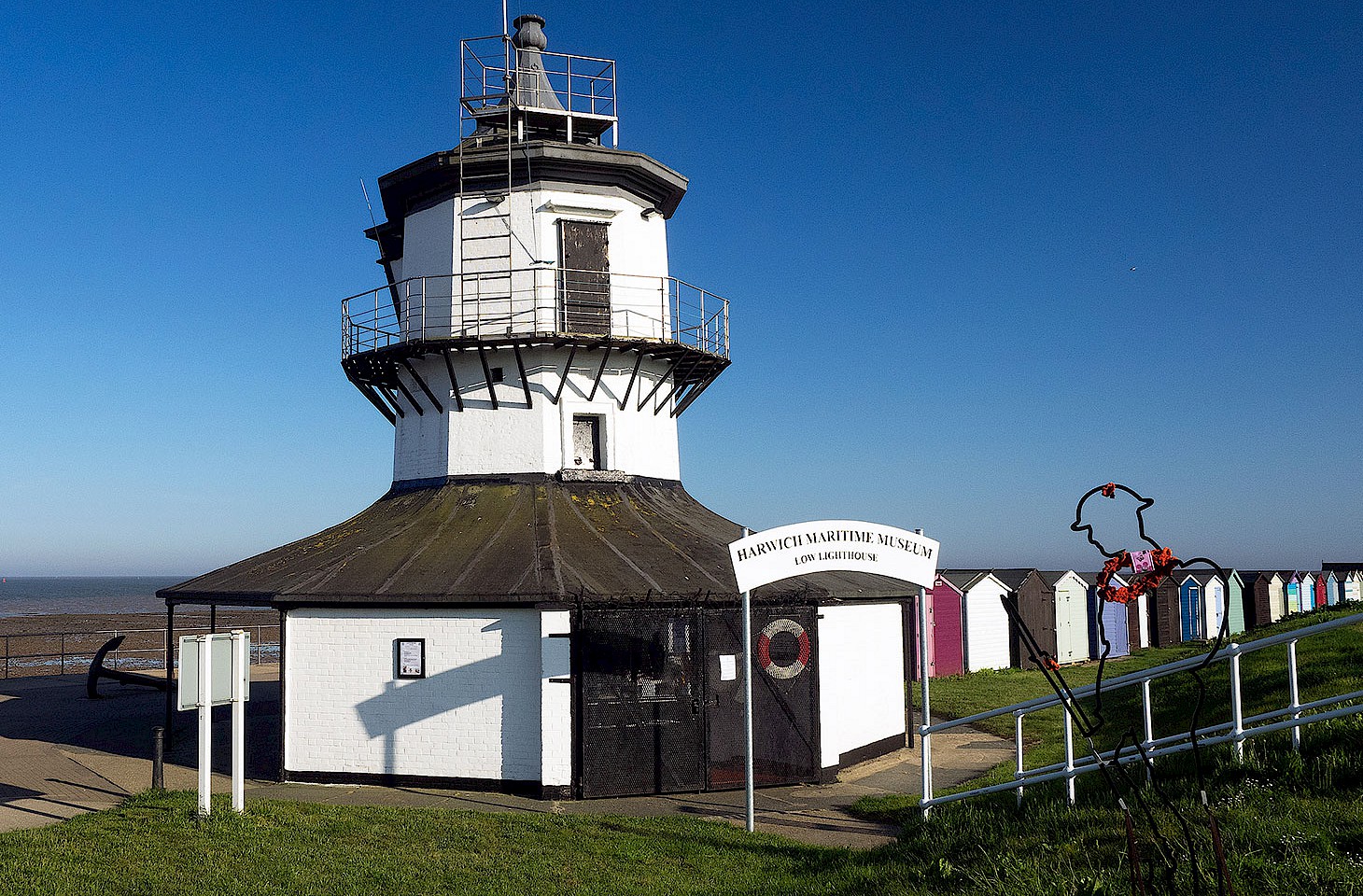Dear fellow travellers
It was forty-five years ago today that Berliners awoke on a Sunday morning to find that their city was being divided in two. There followed, as we all know, almost three whole decades in which Berlin evolved as two separate cities. Yet modern visitors to hidden europe's home city will be hard pushed to identify the route of the Berlin Wall. Even we often cannot quite recall if this or that particular road was in the East or the West.
And yet the Wall exerts a tenacious hold on many travellers' imaginations. Thousands of visitors come to the German capital because of their interest in something that is actually no longer here.
The Wall is not alone. Many of Berlin's prime attractions evoke the darker side of the city's past. The new monument to the murdered Jews of Europe just south of the Brandenburg Gate is the latest addition to Berlin's dark tourism repertoire. Just a short walk away is the Topography of Terror exhibition. For visitors who venture out of Berlin's city centre, the former Nazi concentration camp at Sachsenhausen is a major destination. The Wannsee Conference Memorial House features on the same dark itinerary; it was here that in January 1942 a group of Nazi leaders gathered to finalise the details of the genocide of Europe's Jews. Visitors can see the very conference table where Eichmann, Heydrich and a dozen others had cigars and brandy while reviewing the details of gas chambers.
Dark tourism is of course nothing new. It was only a decade ago that two English academics, Michael Foley and John Lennon, coined the term 'dark tourism' - rightly taking care to remind us that travel to encounter the macabre or gruesome is not just a modern preoccupation. We forget too easily that many mediaeval pilgrimages culminated at points where martyrs were allegedly massacred or saints were presumed to be buried. Cemetery and battlefield tourism were well established long before the modern fad for day trips to Ground Zero in New York or Chernobyl in Ukraine.
Many Berlin itineraries are as dark as they come, but Europe has many shades of dark tourism - catacombs, museums of famine and disease, prisons and, at the lighter end of the spectrum, a company that offers spine-chilling experiences in dungeons in five European cities. Probably not too spine-chilling, because the business moguls surely know all too well that most of us are happy to be engaged by the spectacle of history, even shocked a little, but few are the punters who will pay to be truly horrified. Then, in Berlin at least, there is the knotty issue of how to commemorate events that still feature all too strongly in many people's memories. So the city's Senate still wrangles over quite how the Wall should be properly marked. The vacuum is filled by a variety of uncoordinated private sector initiatives that exploit the Wall story for their own purposes - dozens of folk touting little bits of grey concrete that allegedly came from the Wall and some curious ventures such as the scruffy and peculiarly one-sided House at Checkpoint Charlie museum.
Monumental tributes to lost communities, such as the new Holocaust memorial in Berlin, can be hugely impressive. As a monument it is very evocative. Visiting the Berlin memorial, however, is probably no substitute to standing in one of Europe's forgotten synagogues - places that no longer resound to the chanting of the psalms, and where the candles have long since been extinguished. We reports on Europe's silent synagogues in hidden europe 10 (September 2006), when we visit synagogues from the Azores to Belarus, from London to Bulgaria. Together they tell a moving tale of Europe's lost Jewish communities.



